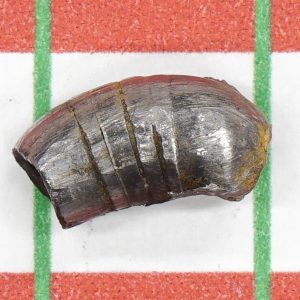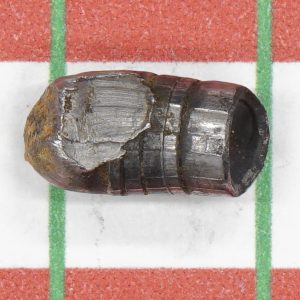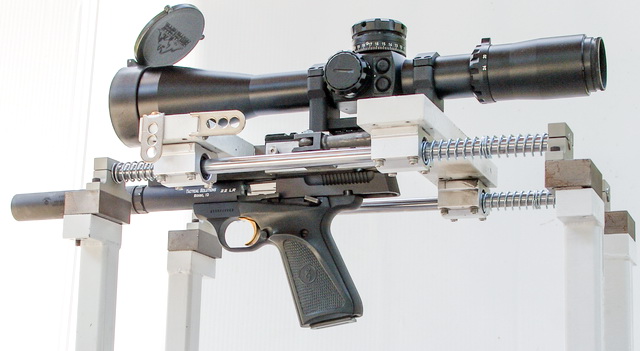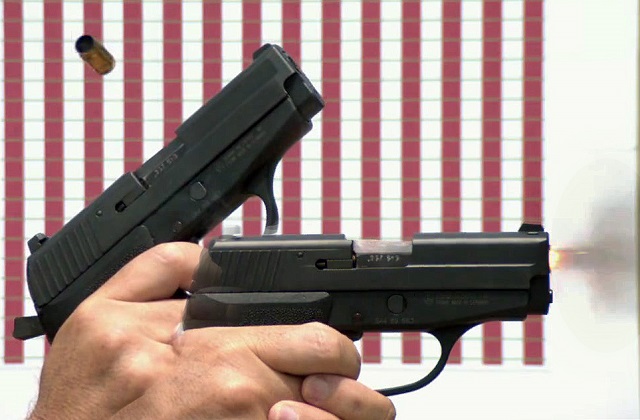I have never leased a car for myself, but since interest rates crashed a decade ago I have considered it several times. (I generally prefer to buy new cars, and when you have cash to cover the purchase one drawback to leasing is that you have no choice but to pay interest on the residual value of your lease for the full term of the lease. With lower interest rates that’s a less significant cost.)
I just helped another friend arrange a lease and realized I haven’t published my guidance on this. Since dealers often use the complexity of lease contracts to pad their margins, here’s all you need to know to cut through the charade:
The three numbers that matter in a lease
1. Purchase price. This is pretty much the only thing you can negotiate. Unless the car you want is in extremely high demand, you should demand the dealer set the “sale price” no higher than dealer invoice minus any factory discounts currently applicable. (If you’re a good negotiator, or you hire one, you can often get the dealer to sell below invoice. But invoice is usually considered “fair.”)
While dealers try to mix the two to confuse buyers and increase their profit, the lease agreement is done after you have a purchase agreement. (You can actually shop around for financing, but whenever I have checked I have found the best lease terms come through the manufacturer’s finance arm, which means you’ll probably end up talking to the same dealer about the lease agreement.) This is where the other two numbers that matter come up:
2. Residual value. This is entirely a function of how long you want the lease to run and how many miles you want to be allowed to drive. Usually the best residual values are given for standard leases (e.g., 36- or 39-month with 12k or 15k miles/year.) But sometimes manufacturers want to push other lease terms to control their resale inventory, so if you’re flexible it’s worth asking about those.
3. Money factor. This is the interest rate you are paying (quoted, oddly, as the annual rate divided by 24). This is almost entirely a function of your credit score. But often a higher initial payment can reduce this, so if you have cash available you should look at options to reduce the money factor by increasing your up-front payment. (In the limit you can pay the full cost of the lease up front.)










